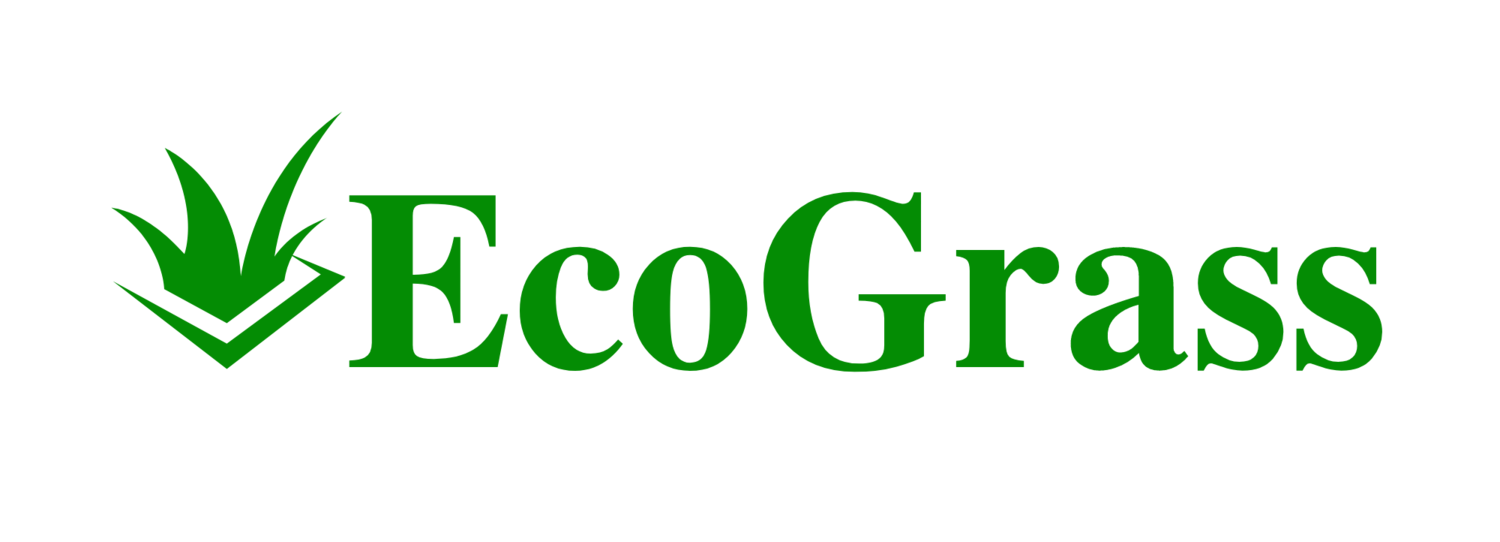Setting Up Your Ultimate Garage Gym
Creating a home gym in your garage can be an exciting and rewarding project. With the right planning and equipment, you can transform your space into a personal fitness haven. Artificial turf is an excellent flooring choice that offers durability, low maintenance, and a professional look.
Start by clearing out your garage completely. Remove all unnecessary items and give the space a thorough cleaning. This will provide you with a blank canvas to work with and help you visualize the potential of your new gym.
Next, measure your garage and create a layout plan. Consider the types of exercises you'll be doing and the equipment you'll need. This will help you make the most of your available space and ensure a functional design.
When it comes to flooring, artificial turf is a versatile option. It provides cushioning for high-impact exercises and can withstand heavy equipment. To install gym turf:
Prepare the surface by cleaning and leveling the floor
Install a drainage layer if needed
Add a padding layer for extra cushioning
Roll out the turf and trim to fit
Secure the edges with adhesive or staples
Apply infill if required
Choose your equipment based on your fitness goals and budget. Essential items might include:
Cardio machines (treadmill, exercise bike, or rowing machine)
Strength training equipment (free weights, resistance bands, squat rack)
Adjustable bench
Yoga mat
Don't forget storage solutions to keep your gym organized. Wall-mounted shelves or storage bins can help maximize floor space.
Proper lighting is crucial for a safe and inviting workout environment. Install bright, energy-efficient lights to ensure good visibility during your exercises.
Consider adding mirrors to one wall. They can help you check your form and make the space feel larger.
Ventilation is important for comfort during intense workouts. Install a fan or open windows to maintain good air circulation.
To protect your equipment and floor, place rubber mats under heavy machines. This will also help reduce noise and vibration.
Remember to personalize your space. Add motivational posters or a sound system to keep you inspired during workouts.
By following these steps, you can create a functional and attractive garage gym that meets your specific fitness needs. With your own personal workout space, you'll have no excuses for skipping exercise sessions.

